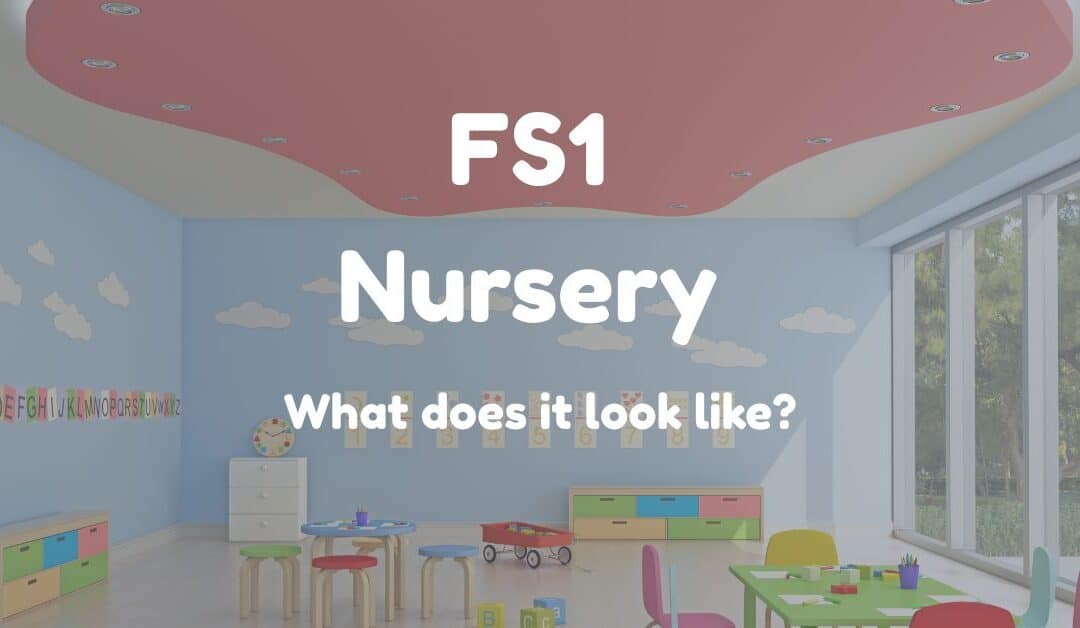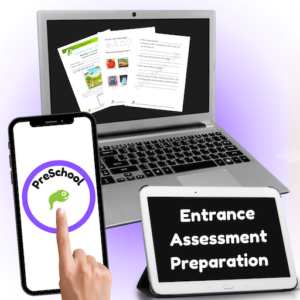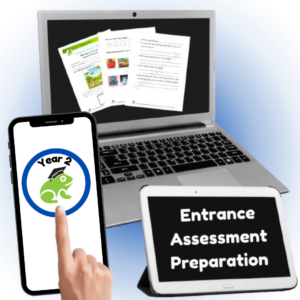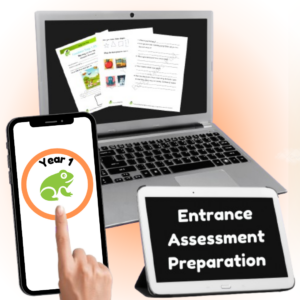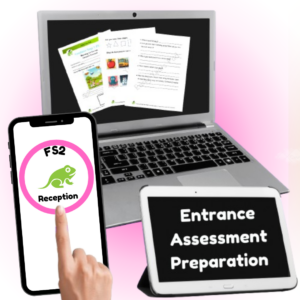Whether you are a parent choosing a nursery for your child or a teacher exploring a potential job opportunity, walking into a Foundation Stage 1 (FS1) or Nursery classroom should give you an immediate sense of warmth, curiosity, and possibility. Early learning environments play a powerful role in shaping young minds, and there are a few key things to look out for when visiting a setting.
Space to Explore
First impressions matter, and one of the first things to notice is how spacious the classroom feels. A good FS1 setting should not be crammed or cluttered—it should have room for children to move freely, build, explore and engage in different types of play. Children at this age learn with their whole bodies, so enough physical space is essential.
Open-Ended Resources
The best learning happens when children are given the tools to lead their own play. Look for open-ended resources—things like different-sized wooden blocks, loose parts, fabrics, crates and boxes that allow for imaginative play. These resources can become anything in a child’s imagination: a city, a ship, a zoo. It is not about having fancy toys, but about materials that can be used in many ways.

A Rich Role Play Area
A high-quality setting will have a well-used role play area that changes over time to reflect real-life experiences: a post office, a vet’s surgery, a green grocer, an airport, even a classroom. This space gives children the chance to act out what they have observed in the world around them. Good practitioners will use these moments to build on children’s interests—encouraging counting at the till, writing shopping lists, or introducing new vocabulary like “customer”, “passport” or “temperature”.
Invitations to Mark-Make
You should see opportunities for mark-making everywhere—not just at a writing table. Chalk on the ground, clipboards in the construction area, paintbrushes near the water tray, and sensory materials like sand and cornflour can all inspire children to explore early writing. Look for a variety of materials that encourage children to make marks, draw, paint and scribble—long before they start using formal writing tools.
A Focus on Physical Development
Children in Nursery are still developing control of their small (fine motor) and large (gross motor) muscles. A good setting will include activities like threading, cutting, pouring, climbing, balancing, pouring, digging, and more. These help build the physical strength and coordination children need for writing and other skills later on.

Minimal Worksheets
You should not see many—if any—worksheets in a high-quality FS1 classroom. Instead, children should be learning through hands-on experiences, experimenting with real objects and materials. Early maths and literacy should be embedded in play, not isolated in printouts.
Child-Friendly Layout
Look at how resources are stored. Are shelves and materials at child height? Can children get out and put away what they need without asking an adult every time? A well-thought-out classroom encourages independence and gives children ownership over their learning and play.
A good FS1 or Nursery setting feels alive with curiosity, creativity and joy. Whether you are looking for the right place for your child or your next teaching role, do not be afraid to ask questions and observe how children are learning. You will quickly see whether the environment supports real, meaningful early development—and that is what truly matters.
Further Reading

Farm Animals and their Sounds

Preschool Preparation | Tips to get it right – from the start

Learn how to correctly write lowercase letters
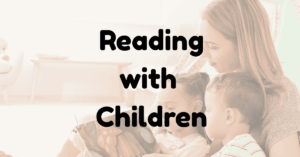
Reading with Children: Why It Matters

